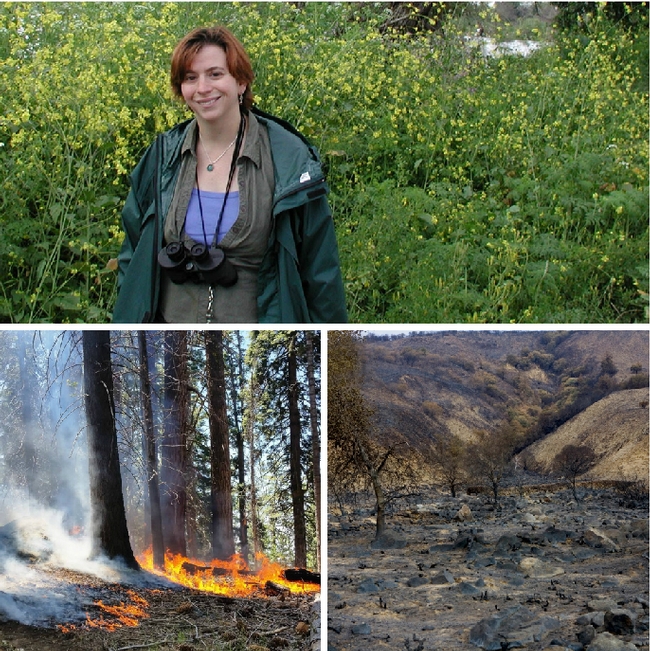As the human population on planet earth, now about 7.6 billion people, continues to grow, more will settle in areas prone to wildfire, reported Mary Beth Griggs in Popular Science magazine.
The reporter spoke with UC Cooperative Extension natural resources advisor Sabrina Drill about wildfire preparation.
First, make sure that an emergency kit is up to date and important papers are in a safe place.
“Know that under conditions of mandatory evacuation, you will encounter traffic, frightening conditions, highly limited visibility due to smoke, etc., so being ready and leaving early is really important,” Drill said.
If there is time, there are important last-minute actions that can be taken to minimize potential fire damage. She suggests moving flammable garden furniture and wood piles away from structures, taking down shade cloths or awnings that could trap embers and making sure doors and windows are closed.
"One thing I would not advise is either leaving sprinklers running or hoping that automatic sprinklers will save a structure, as power may be cut, water lines can melt, and the water and water pressure may be needed by firefighters elsewhere," Drill said.
UC Cooperative Extension provides information to guide actions before, during and after a wildfire on its wildfire resources website.
